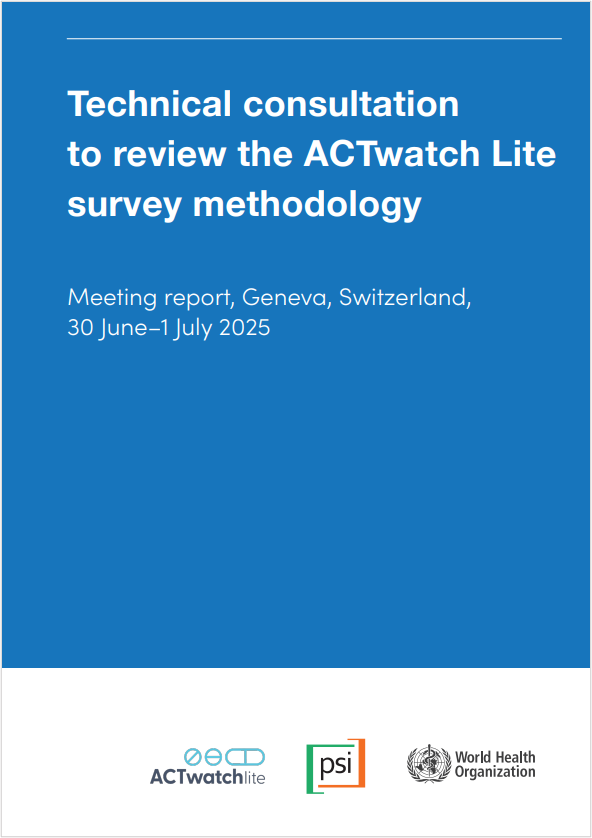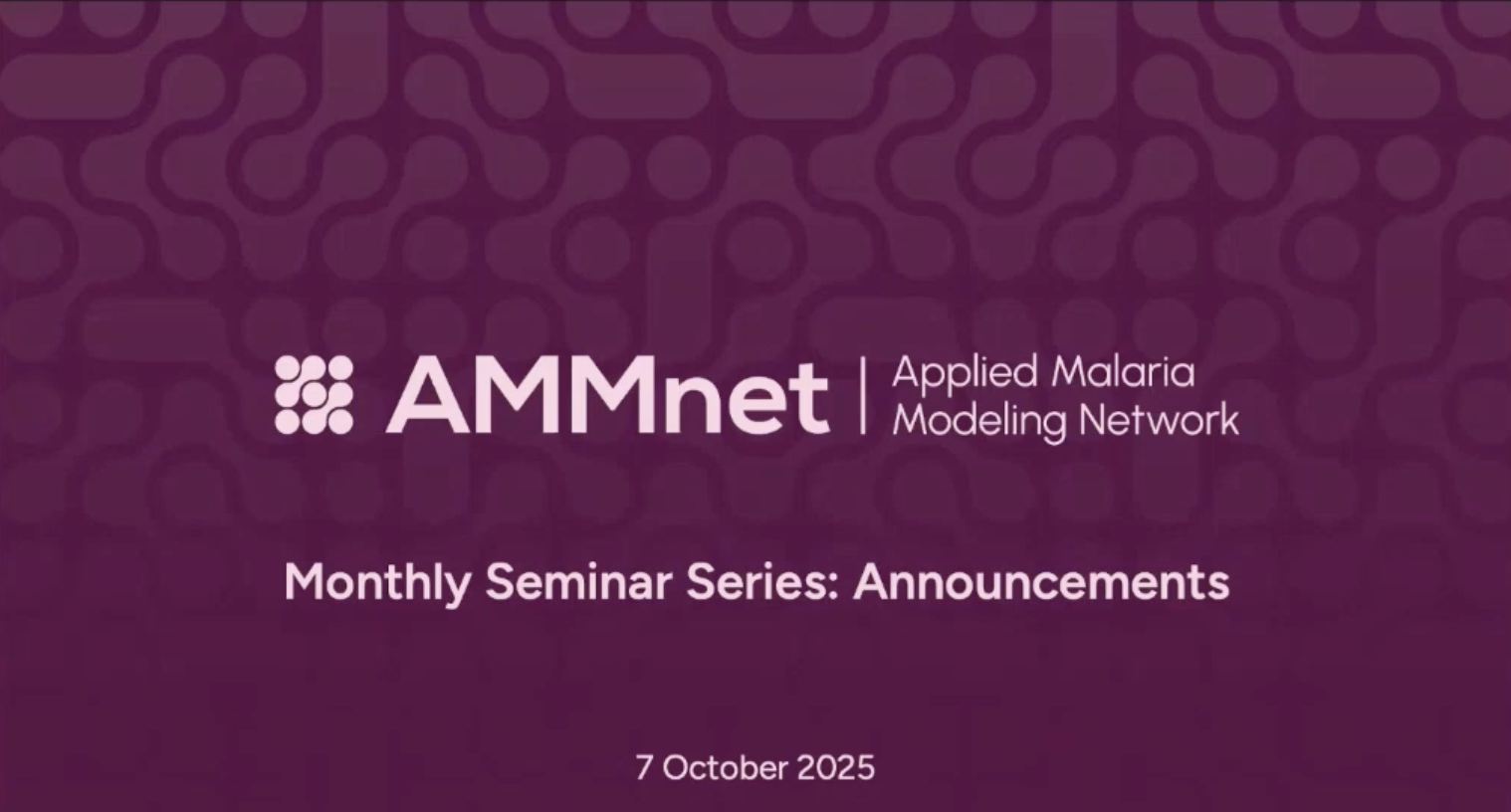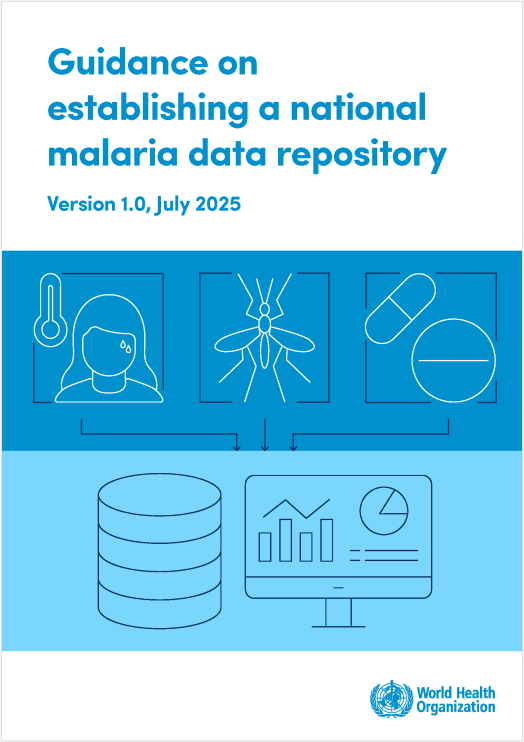Last Updated: 18/06/2024
Comprehensive analyses of RBC-malaria parasite PPI interactome
Objectives
This project aims to elucidate the whole picture of the protein interactome of malaria parasites and erythrocytes, and to elucidate the molecular mechanisms of erythrocyte invasion of malaria parasite merozoites and the parasite maintenance of parasites in erythrocytes after invasion.
For the development of vaccines and drugs against malaria, it is essential to understand the molecular mechanism of malaria infection, especially the interaction between the malaria parasite and the host molecule, but it is hardly elucidated. This study will focus on the erythrocyte stage, which is the main battlefield of malaria disease, and comprehensively measure protein-protein interactions (PPI) between parasites and erythrocytes using a new technology that applies our developed AlphaScreen. Last year, from a set of 2,000 malaria parasite full-length cDNA clones, 300 cDNA clones of protozoan proteins were selected with secretory or transmembrane regions that are expressed in erythrocytic parasites and have the potential for direct PPI with host molecules. It was synthesized by wheat cell-free method as Erythrocytic Plasmodium Plasmodium Protein Array (SPMAPA), and was confirmed to be of quality that can be used in the next step, AlphaScreen. In addition, of the erythrocyte protein array (RBCPA) consisting of 2000 types of proteins, 273 types of erythrocyte membrane proteins (including GPI-anchored types) that are highly likely to be receptors when malaria parasite merozoites directly invade erythrocytes were selected by N It was synthesized with a FLAG tag added to the end. Furthermore, for the purpose of quality evaluation, erythrocyte binding-like proteins (EBL), which are well known as merozoite ligands, were used as a model, and PPI with 273 kinds of erythrocyte membrane proteins was measured by round-robin with AlphaScreen. As a result, an unknown erythrocyte receptor was identified. In this fiscal year, immunoprecipitation method and novel tags were developed to establish the essential technology for analysis of the identified protein-protein interactions.
Apr 2020 — Mar 2023
$159,379


